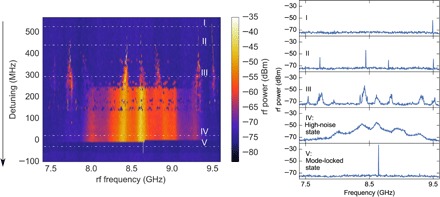Fig. 4. Dual-comb heterodyne technique to study beat-note evolution.

The device used in this measurement had a beat-note spacing of 8.6 GHz. Keeping the comb generated in R1 in the mode-locked state, the resonance of R2 is tuned with respect to the pump laser and the rf spectrum is recorded. The left panel shows the spectrum of the first beat note as the heater power on R2 is varied starting from a far–blue-detuned state to the mode-locked state on the red-detuned side. The spectra on the right show the formation of beat notes (stages I and II), which broaden to form a wide beat note in the high-noise state (stage III and IV). On tuning further to the red-detuned side, we observe an abrupt transition to a narrow and high-SNR beat note as shown in Fig. 3. (see also the Supplementary Materials and movie S1).
